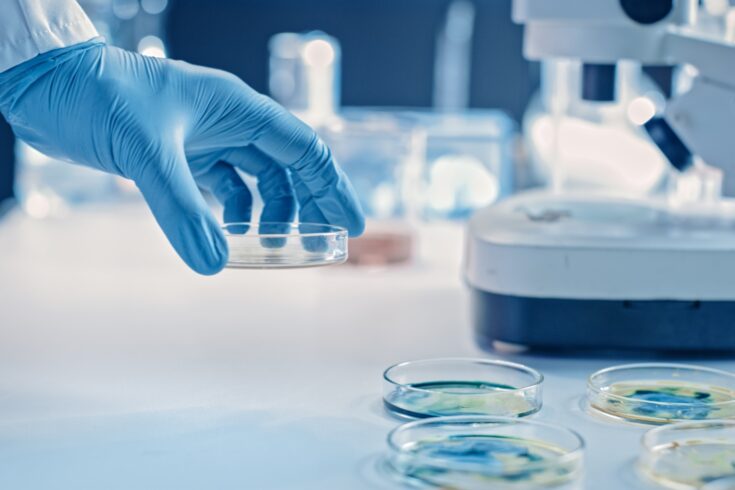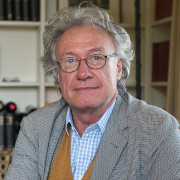It has been a real pleasure to chair a group for the Biotechnology and Biological Sciences Research Council (BBSRC), reviewing the opinions of researchers into the use of models in research. This is a complex area involving a range of experimental systems spanning the remit of in vitro, in silico and in vivo techniques to better understand biological processes.
By its very nature, this work supports BBSRC’s strategic mission to ‘promote and support high-quality basic, strategic and applied research’.
This mission is shared by The Physiological Society and indeed, my participation on the group is just one example of how the society engages with BBSRC.
Another form of joint engagement would be my role on the BBSRC bioscience for an integrated understanding of health Strategy Advisory Panel. As a panel member, I help to provide strategic advice on some of BBSRC’s investment portfolio as well as the wider bioscience landscape.
Greater public awareness
The COVID-19 pandemic has brought scientific research, including research requiring animal models, to greater public and political consciousness than ever before. It has demonstrated both the value and limitations of simulation techniques for the next generation of researchers.
The rapid development of tolerable and efficacious vaccines for COVID-19 has been built on decades of prior research which has involved animals. Ensuring the safety of the COVID-19 vaccine in humans would not have been possible without first testing it on appropriate experimental models. From in vitro to in vivo and then human clinical trials.
Members of The Physiological Society are engaged in many different areas of research into cell, tissue, organ, and system function (and malfunction), using various different experimental approaches. The Physiological Society promotes excellence in UK bioscience research and the welfare of all animals used in such research.
As physiologists, one key question for our study design must be “am I using the correct model for my research question?”
Choosing animals that most closely resemble human physiology, disease or a specific condition is of paramount importance. With a plethora of animal models, in vitro experiments, and the growing use of in silico modelling, this choice is fundamental to ensure that the data produced are relevant. Both physiologically and therapeutically.
Current and future usage of experimental models
For the past 18 months, the project I have chaired on BBSRC’s behalf has worked alongside researchers. It aims to understand the current use of experimental systems or models for human and animal research. It has also looked into how researchers perceive the future of animal models.
As part of this work, a survey on the use of models in research was conducted in 2020. The survey revealed some interesting findings, including how researchers across the academic, industrial and third sectors currently use experimental systems and models and predicted future trends.
This research will help us better understand the needs of the community and identify potential opportunities and areas for improvement.
Fostering vital conversations
In essence, this project was designed to:
- examine the use of models in research and innovation
- identify barriers to this research
- assess the viability of currently available models in research.
BBSRC’s ultimate aim, and something that all researchers can agree with, is that “the ‘right’ experimental model is [and should be] being used for the ‘right’ purpose in research”.
If funders like BBSRC can facilitate the refinement of animal use by fostering a conversation about the most effective models, we can reduce the number of animals needed in research. One such way to nurture these discussions is through this recent survey.
Furthermore, we can replace outdated models with more appropriate versions in an evidenced and scientific manner. Not only will this help us meet our obligations to the 3Rs (Replacement, Reduction and Refinement) but we will drive forward the UK government’s ambition to become a science superpower.
And in doing so, we will also help to cement the UK’s reputation as a home for world-leading research.
Read more about the key findings and recommendations from the Expert Working Group, chaired by Professor David Paterson, in the BBSRC survey report on the use of models in research.
Top image: Credit: gorodenkoff, iStock via Getty Images Plus




